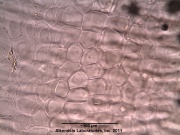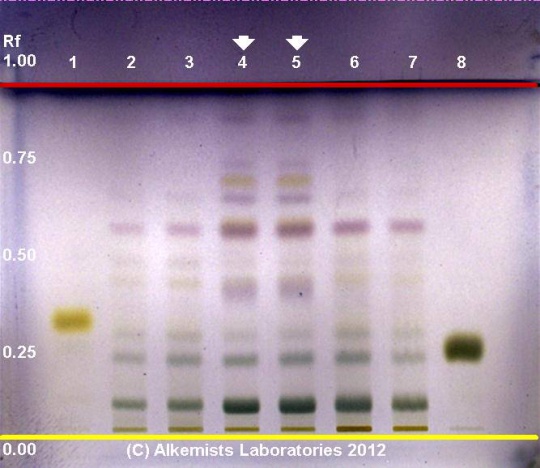Plantago ovata (seed husk)
Contents |
Introduction
Introduction from Wikipedia, the free encyclopedia (http://en.wikipedia.org/wiki/Plantago_ovata and http://en.wikipedia.org/wiki/Psyllium_seed_husks, retrieved 02/27/2012).
Plantago ovata (Desert Indianwheat, Blond Psyllium; syn. Plantago brunnea Morris, Plantago fastigiata Morris, Plantago gooddingii A. Nels. & Kennedy, Plantago insularis Eastw., Plantago insularis Eastw. var. fastigiata (Morris) Jepson, Plantago insularis Eastw. var. scariosa (Morris) Jepson, Plantago minima A. Cunningham) is a medicinal plant native to Western Asia and Southern Asia.
It is a common source of psyllium seed husks, a material used as dietary fiber.
The plant can be found growing wild in the southwestern United States, where it is an introduced species.
Psyllium seed husks also known as ispaghula, isabgol, or psyllium, are portions of the seeds of the plant Plantago ovata, (genus Plantago), a native of India. They are hygroscopic (that is they absorb water expanding and become mucilaginous.
Psyllium seed husk are indigestible and are a source of soluble dietary fiber.
The quoted text in this section was licensed for use under the Creative Commons ShareAlike License, version 3.0: http://creativecommons.org/licenses/by-sa/3.0/
Macroscopic Entries
Microscopic Entries
|
HPTLC Entries
|
Psyllium (husk) (Plantago ovata) Lane Assignments Lanes, from left to right (Track, Volume, Sample):
Stationary Phase Silica gel 60, F254, 10 x 10 cm HPTLC plates Mobile Phase ethyl acetate: glacial acetic acid: methanol: water [6/1.5/1.5/1] Sample Preparation Method 0.3g+3mL 70% grain EtOH sonicate/heat @~50° C ~ 1/2 hr Detection Method Vanillin/H2SO4 Reagent-> 110° C 5 min -> visible light Reference see Method Developed by Alkemists Laboratories
|
Other Points of Interest
Cite error: <ref> tags exist, but no <references/> tag was found


